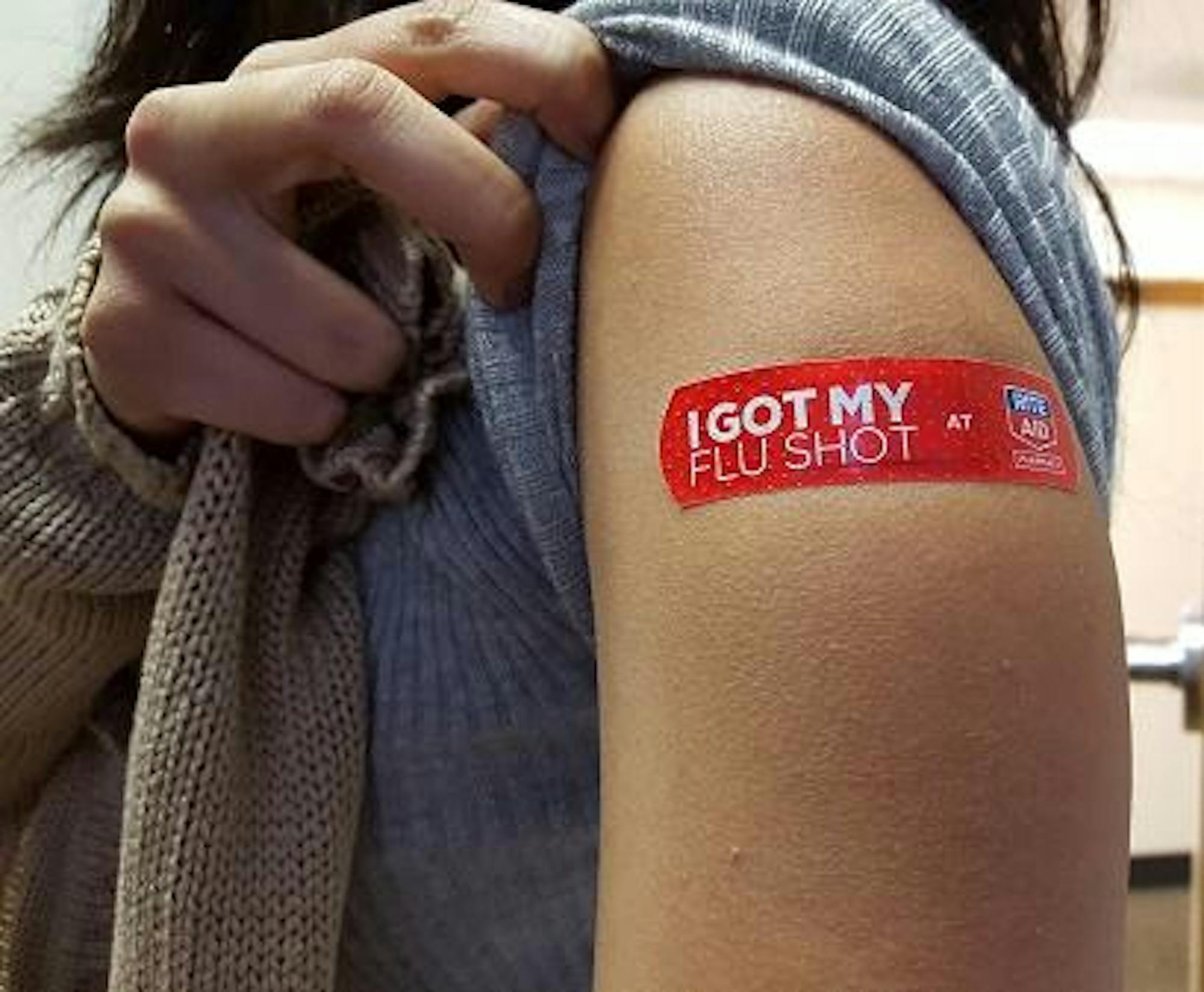When someone mentions “fall,” a few things may come to mind, like the changing leaves, a new NFL season or “Gilmore Girls” (2000–07). However, fall is also host to something much more insidious: the start of flu season. The influenza virus infects millions of Americans every year, with tens of thousands dying.
The flu is known for constantly mutating, so scientists are annually working on vaccines to combat new strains. Time Magazine reports in 2023 that twice a year, the World Health Organization collaborates with professionals to evaluate which strains should be combated via vaccine in the Northern and Southern Hemispheres.
Time writes that the initial data is promising: The Center for Disease Control and Prevention estimates that shots used during the Southern Hemisphere’s flu season has decreased the risk of flu hospitalizations by 52%; vaccines used in the Northern Hemisphere during the 2022–23 flu season achieved a similar figure. The efficacy of this year’s flu shots bode well for reducing flu contraction, hospitalization and mortality rates in the North.
What’s more, new flu shot technologies are in the works. CNN recently published an article charting Moderna’s endeavor to formulate a flu vaccine modeled after the mRNA delivery system that its COVID-19 vaccine follows. Essentially, the shot injects people with a genetic code that human cells use to transcribe proteins found on the virus’ surface, inducing antibody production and teaching the body how to fight the disease. This process is significantly more efficient than the most common method of flu vaccine formulation, which consists of growing weak or dead flu strains in chicken eggs.
In a phase 3 study — where a new pharmaceutical treatment is compared with one already on the market — the experimental mRNA-1010 shot generated a more noticeable immune response against four flu strains compared to the Fluarix vaccine currently on the market. Further testing still needs to be done before mRNA-1010 becomes widely available, particularly to reduce common side effects of mRNA vaccines, including excessive fatigue, muscle pain and swelling.
Although younger children and the elderly are more prone to complications from catching the flu, Dr. Cheryl Hug-English at the University of Nevada strongly advises college students to get their flu shots. College campuses are ideal for virus propagation; close quarters, long days and continual stress can weaken one’s immune system. So, make sure to get your flu shots during these early fall months!






